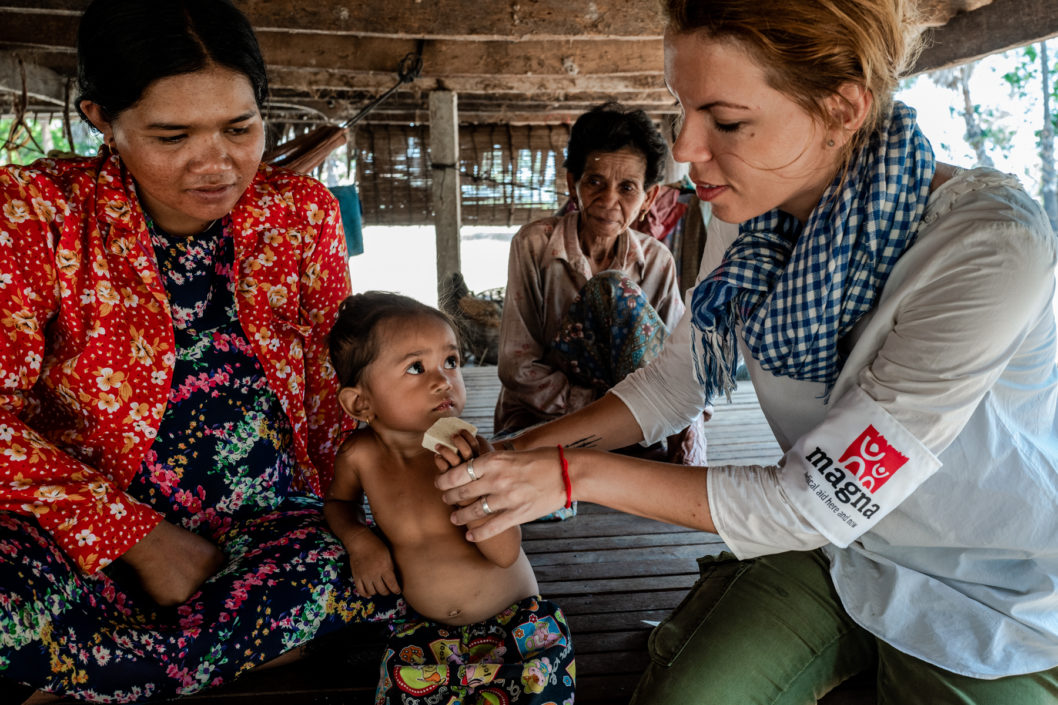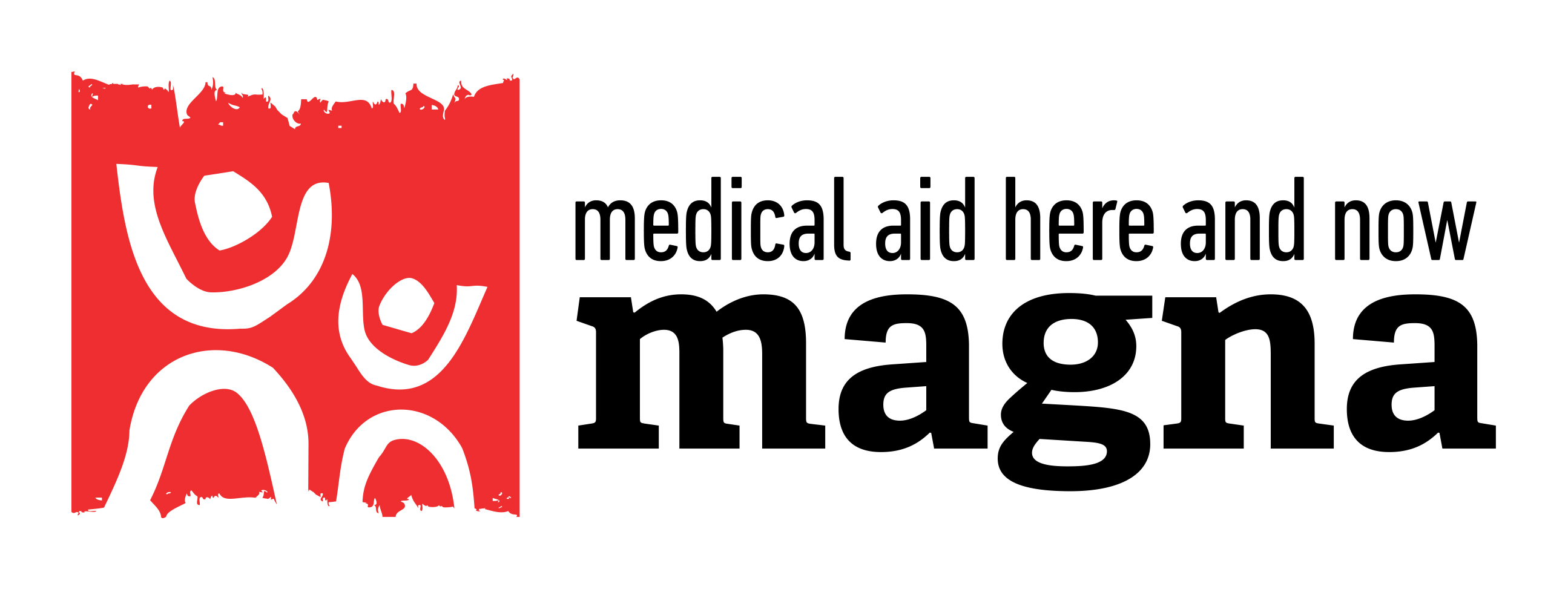Medical activities
Malnutrition
One in 13 children on our planet suffers from hunger
Worldwide, 2 million children die of malnutrition every year. Most children at risk of malnutrition are in Asia and Africa. They do not have access to enough caloric food to allow their bodies to develop properly.
MAGNA helps fight malnutrition through its treatment and prevention programs, thanks to which it has already saved thousands of children. Malnutrition can lead to a weakened immune system. This makes children more susceptible to various diseases, which can subsequently lead to further malnutrition, which creates a kind of vicious circle.
The basic remedy for malnutrition is a special therapeutic diet (RUTF), which contains all the nutrients a child needs to heal.
In most children, it will cure acute malnutrition without complications in 8-12 weeks – it is a simple and effective solution intended for the field. Ready-to-eat therapeutic food for the treatment of malnutrition contains fortified milk powder, which provides a malnourished child with all the nutrients needed to regain weight. It is dosed according to the condition and weight of the child, and the patient does not need to receive any other food during the treatment. Therapeutic food has a long shelf life and, due to the fact that it does not require preparation, it can be served in practically any environment. As long as patients do not suffer from complications, home treatment is also possible. It is traditionally supplied in the form of a paste or sticks. MAGNA uses therapeutic food in all its nutrition programs, whether in Congo, Cambodia or South Sudan.

In most children, we cure acute malnutrition without complications in 8-12 weeks.
Malnutrition is a multi-level problem for medicine. First of all, it is necessary to find a simple solution for searching patients. Coping with an acute state of malnutrition entails, in addition to ensuring a sufficient supply of energy, the need to treat associated diseases. Of course, this is not easy in developing countries with limited availability of medicines. Thus, physicians must consider not only the management of malnutrition and accompanying complications, but also the logistics of the entire treatment. Field distribution of aid in such a way as to prevent re-infection is also a challenge.
Therefore, our goal is to reach as many malnourished children as possible in the community and start treating them immediately on the spot. We always try to identify them and provide them with a therapeutic diet before serious health complications occur (diarrhea, pneumonia) and hospitalization is necessary.
Children suffering from complications associated with severe acute malnutrition may require a rapid response by a highly specialized physician. For those who need to be hospitalized and regularly monitored, MAGNA provides stabilization centers with up to 20 intensive care beds. Treatment includes therapeutic milk administered by nasogastric tube, antibiotics, deworming, vaccination check-ups and malaria screening. As soon as the patient has sufficiently recovered, he can continue the program on an outpatient basis with weekly visits to the doctor, which are also associated with monitoring of weight and overall health.
Cases of mild malnutrition, its risks, as well as cases of severe malnutrition without complications, can be treated in our outpatient centers that provide ready meals (RUTF). Parents can also administer this treatment to children at home, and their child’s health and general development can be monitored during visits to MAGNA outpatient centers.
Measurement of malnutrition status
Our teams measure children by comparing their weight-to-height ratio according to WHO international standards or by measuring their mid-arm circumference (MUAC) using color-coded wristbands. Measuring MUAC is very simple, which is why it is often used by community health workers.
Community work and prevention
The main task of working in the community is to find children at risk of malnutrition in order to treat them as soon as possible and as efficiently as possible. This is dealt with in the field by specially trained MAGNA community workers. An important part of their work is also the education and motivation of parents of young children to observe hygiene and proper eating habits. We teach mothers and families, even in modest circumstances or poverty, to prepare sufficiently nutritious food. At the same time, MAGNA community workers visit the families of small patients who receive the therapeutic diet to monitor the successful course of treatment.
Liečime vďaka Vám
Viac o podvýžive v našich projektoch
Prečítajte si najnovšie články o našich zdravotných aktivitách.
